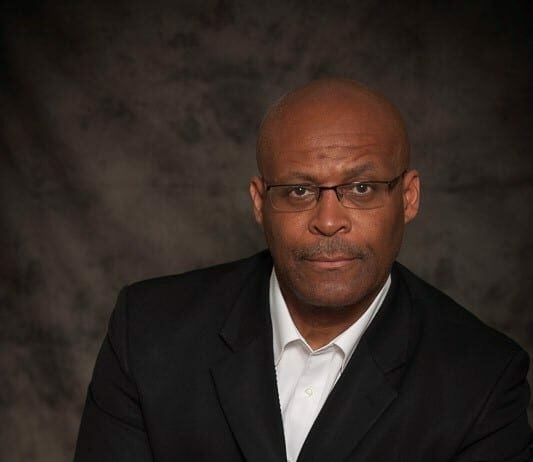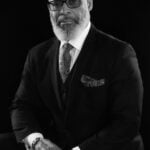In the 1860s slavery ended, but “race” as social status and the basis of our human identities remained. This is a passage from research conducted by Dr. Audrey Smedley titled “Understanding Race.” It perfectly describes the nature of the racial gap in the relationship between law enforcement and the community it serves. You can create a new policy; in this case the abolishment of slavery, but that didn’t change the culture of identifying by skin color. “Culture eats policy for breakfast.” This quote by Peter Drucker, one of the most widely known and influential thinkers on management, means that no matter how strong your strategic plan is, its efficacy will be held back by members of your team if they don’t share the proper culture. When it comes down to it, the people implementing the plan are the ones that make all the difference. The culture of our system of law enforcement historically and present day is one steeped in race ideology. Race ideology impacts the policing and community relationship in several important ways: police officer well-being, duty and burden, and community encounters.
Beginning with the police officer, who will most likely identify by skin color, and see others through color, Black and white. The beliefs associated with color i.e., implicit bias will govern the totality of the officer’s thinking and interaction with the community. Implicit bias training does not override a racial belief system. This belief system sets the average officer up for failure in the area of duty and burden. The officer must now account for the risk associated with the overwhelming number of incidents bringing national attention to law enforcement, and it’s real or perceived disproportionate treatment of racial groups, specifically Blacks. Race enhances this risk potential for officer vulnerability.
Lastly and most importantly, community encounters. Here is where the community plays a contributing role in this aspect of dysfunction in relating to our police officers. In a study on decision making under stress by the National Institute for Occupational Safety and Health, the following is noted; “The ability to cope with stress is dependent upon an individual‘s perception or interpretation of an event. In addition, stressful circumstances do not automatically lead to problems in judgment; it is the ‘perceived’ experience of stress.” Race can negatively distort the perception of people and events.
There is an effective way for the police officer, and for the community, both of which are vulnerable to the impact of perception and decision making under stress, to take intentional and proactive control of the underlying causes proven to contribute to this national issue. We will need to change our thinking on this issue to get different results.
WRTV presented a showing on implicit bias by a leading figure in diversity and inclusion, Dr. Bryant Marks Sr., known for his work across the country in training law enforcement. It was followed by a community discussion. This event was sponsored by the Indy Black Chamber of Commerce, which I serve as a board member. The presentation made several important observations:
- Training is only an awareness activity, not a solution.
- Training only works if you do the work.
- You must create a safe place to practice.
The last point of practice is where the rubber meets the road, for when under pressure or stress, we rely on what we have practiced or prepared for. If we didn’t do either of these, we then fall back on our subconscious beliefs. That safe place for practice and doing the work is located at the Indy Black Chamber of Commerce. Our program is called the Disparities Initiative. It is comprised of me and my colleagues in the mental health profession in partnership with the Chamber business community to address systemic disparities in a proactive manner. Join us and let’s do the work.
George Middleton is a mental health counselor and author of three books addressing the connection between mental health and the social impact of the race construct. Contact him at gmmusique@cs.com.






